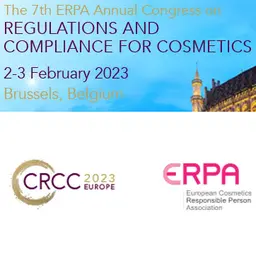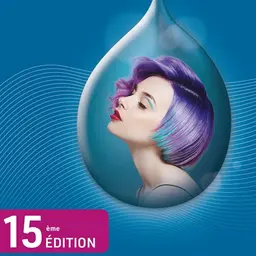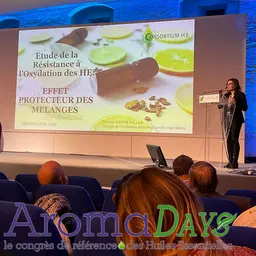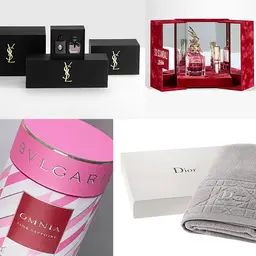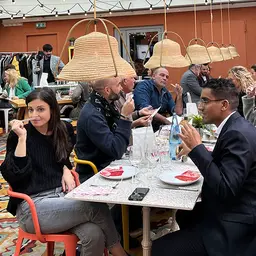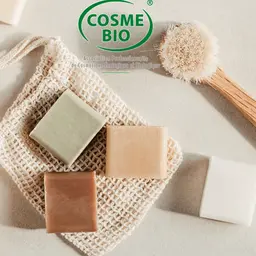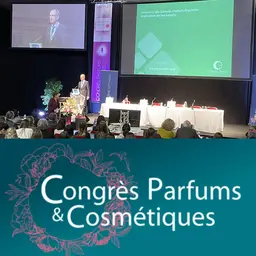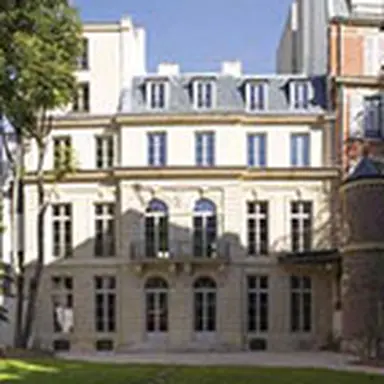
The Parisian Grand Musée du Parfum opened its doors to the general public on Thursday, December 22. Located in the 8th arrondissement of the capital city, this new venue is aimed to make as many people possible discover the subtle art of perfumery. This recreational, unique museum is accessible to all and will make you feel like staying there for hours. Now, that is a small revolution in the Parisian landscape of cultural players.
The Parisian Grand Musée du Parfum has settled in the very chic Rue du Faubourg Saint-Honoré, at number 73. And yet, its scent will not reach any nose wandering in the street: you will actually need to penetrate a yard to see the town house that shelters it. Structured on three levels, the museum is intended to introduce its visitors to the convoluted world of olfaction. The irresistible smell of curiosity will encourage anyone to push its doors open. But what can be found inside? Is it a success? Here is our report.
A bit of history will not hurt anyone
The visit starts in the basement. The spiral staircase leads to a room with subdued lighting, to create an almost mystical atmosphere. On the floor, a screen diffuses the heady image of an undulating perfume scent. That is where the historic bases of perfumery are laid. Soberly entitled the ‘Galerie des Séducteurs’ (Gallery of Seducers), the first part of this journey highlights the History of perfumery through legendary couples. After Cleopatra and Mark Antony, you can see the Queen of Sheba and King Solomon, as well as more modern figures like Louise Brooks and the garçonnes (tomboys). There, it is the metamorphosis and importance of perfumes over the centuries that are put forward.
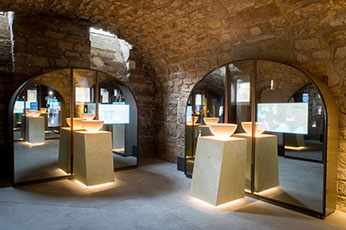 Then, you walk to a room where the scenography evokes a temple of the Ancient times. Soft lighting, steles, and bowls plunge visitors into the Ancient sources of perfumery, back to Ancient Egypt. Even those usually reluctant to read what is displayed in museums will let themselves be grabbed by the myths about legendary ingredients like myrrh and olibanum. The content is really interesting and accessible to all.
Then, you walk to a room where the scenography evokes a temple of the Ancient times. Soft lighting, steles, and bowls plunge visitors into the Ancient sources of perfumery, back to Ancient Egypt. Even those usually reluctant to read what is displayed in museums will let themselves be grabbed by the myths about legendary ingredients like myrrh and olibanum. The content is really interesting and accessible to all.
The third room invites you to immerse yourself into the evolution of perfumery in the Middle Ages and into its legends, like the ‘Queen of Hungary’s Water’, an elixir that is said to have given her youth freshness back to the Queen of Poland, or the ‘Four Thieves Vinegar’, a perfume that protected against the plague. To tell these tales, the Grand Musée du Parfum adapted them in the form of cartoons with a particularly polished design, and by making diffusers available to smell the perfumes corresponding to each of these legends. At the perfume museum, you do not just read: you can actually smell.
Ultimately, the last room is dedicated to the boom of French perfumery, starting from the 1830s. For example, you will find the reconstruction of a Parisian perfume shop of the time, and a window which showcases some of the iconic made in France bottles.
Poke your nose everywhere
Although you get to smell a few scents in the first part of the museum, it is actually on the first floor that you can really start using your nasal appendix…
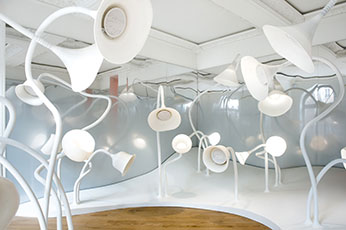 Before sniffing everything you find under your nose, an animation explains the mechanism between the brain and the smell. But, enough of all this theory, it is time to practice. And that is when you reach the Jardin des Senteurs (Garden of Scents), a white room filled with giant, distorted flowers with erect, intertwined stems. The scenography will make you think of a field in which things grow both poetically and in an anarchic way. Each of these flowers has a scent, so you must get closer and put your head in the corolla. The idea is to make your olfactory sense work and your subconscious react. It is a bit like Marcel Proust’s madeleine, some of these smells are reminiscent of your childhood, while others can revive memories. For those with an awkward sense of smell, just look at the top of the corolla: it will reveal where the fragrances come from. And children are not left behind, since a few flowers are dedicated to them, with easier smells to identify.
Before sniffing everything you find under your nose, an animation explains the mechanism between the brain and the smell. But, enough of all this theory, it is time to practice. And that is when you reach the Jardin des Senteurs (Garden of Scents), a white room filled with giant, distorted flowers with erect, intertwined stems. The scenography will make you think of a field in which things grow both poetically and in an anarchic way. Each of these flowers has a scent, so you must get closer and put your head in the corolla. The idea is to make your olfactory sense work and your subconscious react. It is a bit like Marcel Proust’s madeleine, some of these smells are reminiscent of your childhood, while others can revive memories. For those with an awkward sense of smell, just look at the top of the corolla: it will reveal where the fragrances come from. And children are not left behind, since a few flowers are dedicated to them, with easier smells to identify.
This part of the museum offers recreational activities, as they involve your senses. Visitors can really become actors during their journey, since they play a part, and their subconscious is aroused and challenged most deeply.
Perfumers: chemists or artists?
Last, but not least, the final part is dedicated to perfumers, those that create the perfumes we use on a daily basis. This area has several objectives. The first is to show perfumers are not chemists, but rather artists, through a gallery of video portraits (the programme regularly changes). Although the perfume design results from a chemical process, the finished smell does come from the craftsman’s personality.
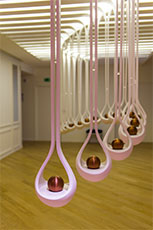 Then, you can discover the raw materials perfumers work with. Placed on hangings, 25 of them are exposed to the general public. Showcased in the form of huge copper drops, you can seize them, turn them around, and draw them closer to your face to smell them. The fragrances are presented in their pure form, strong and raw. The rules of the olfactory game are the same: first, you smell, and then you discover. Once you have turned around and smelt the drops, you need to bring them closer to your ears to know what they actually are. From lavender to tonka bean, your nose will end up getting out of its depth.
Then, you can discover the raw materials perfumers work with. Placed on hangings, 25 of them are exposed to the general public. Showcased in the form of huge copper drops, you can seize them, turn them around, and draw them closer to your face to smell them. The fragrances are presented in their pure form, strong and raw. The rules of the olfactory game are the same: first, you smell, and then you discover. Once you have turned around and smelt the drops, you need to bring them closer to your ears to know what they actually are. From lavender to tonka bean, your nose will end up getting out of its depth.
From the place of perfume in History and its manufacturing process, the Grand Musée du Parfum stylishly and aesthetically distils the various aspects of this oh, so seducing elixir. There are still many things to discover in this museum, like the imminent creation of a warm greenhouse in the town house’s garden. So, if, right now, the refurbished museum still smells fresh paint, it will soon exhale most delicate scents. A full-price ticket costs €14.50, a price that is definitely offset by the quality of the content offered.
JS

